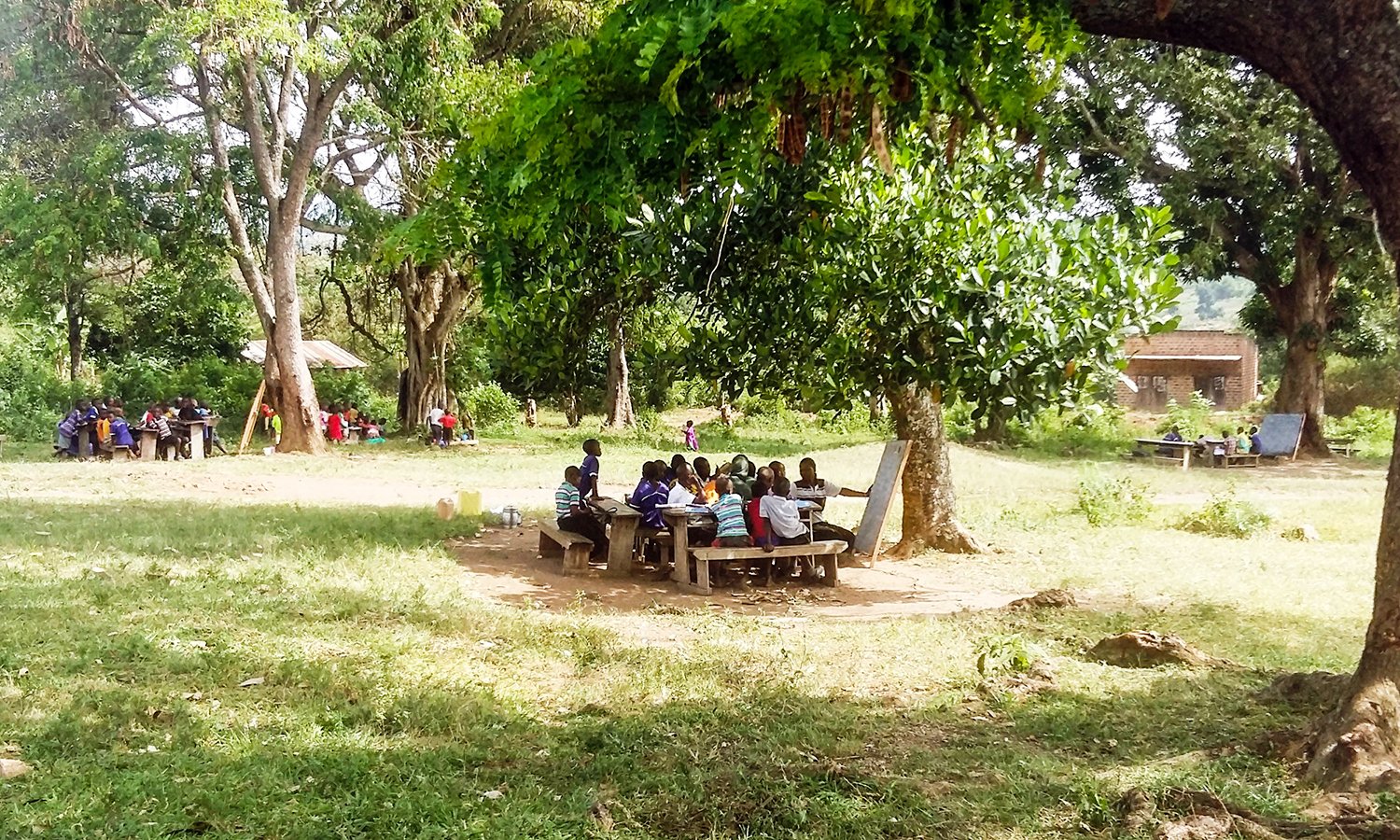How newly built classrooms are impacting learning in 9 districts

Pupils next to newly renovated classrooms at Ajia Primary School in Lira District on February 21, 2024. PHOTO/BILL OKETCH.
What you need to know:
- The new classrooms were built alongside water and sanitation facilities at schools in Lira, Alebtong, Nebbi, Adjumani, Yumbe, Moyo, Madi-Okollo, Kamuli and Buyende districts.
A total of 54 new classrooms have been constructed in 36 schools across nine districts to support government efforts to improve the education sector in the country.
The new classrooms were built alongside water and sanitation facilities, including latrines at schools in Lira, Alebtong, Nebbi, Adjumani, Yumbe, Moyo, Madi-Okollo, Kamuli and Buyende districts.
The project was implemented by Plan International Uganda in partnership with Strømme Foundation under the Rising Uganda project.
Data from Plan International Uganda shows that the construction and renovation of classrooms made 35,000 children return to school in 400 government-aided schools.
Also, 400 Baba/Mama clubs have been formed and supported in all project schools to support pupil enrollment and retention.
Mr Patrick Emukule Ilukol, the regional manager for Plan International Uganda, said more than 700 teachers have been trained on psychosocial support, guidance and counselling, data management, and inclusive child-friendly teaching and learning approaches.
The four-year education project (2022-2025) funded by Education Above All Foundation’s Educate A Child programme aims to reach 100,000 children, particularly girls, who are most at risk of never returning to school.
While commissioning the newly constructed and renovated classrooms in Lira District last Wednesday, Mr Emukule said the project created a digital tracking system to support schools and the districts to track enrollment and retention of pupils.
Ajia Primary School in Itek Sub-county was the venue for the commissioning of the school structures in Lira.
According to Mr Emukule, the project supplied 433 desks to schools in Lira.
At Wiodyek Primary School in Wiodyek Sub-county, two classroom blocks with latrines for boys and girls were constructed and seven classroom blocks plus a head teacher’s office and a store were renovated at Amach Primary School in Amach Town Council.
At Wigweng Primary School, two classroom blocks, and latrines for boys and girls were constructed while at Ayami Primary School, a latrine with an incinerator for girls was constructed. At Ajia Primary School, four classrooms and a five-stance latrine for boys were renovated.
“We expect that this project will lead to improved confidence in the learners, their parents and all other stakeholders to address barriers to education,” Mr Emukule said.
Mr Daniel Sentamu Kabunga, the Lira deputy resident district commissioner, said the structures are helping to improve children’s learning.
Mr Djegeti Omara Orech, the Lira senior education officer, thanked development partners for the support they have been rendering to their education department.
“When structures like these are put in place, it makes it more appealing to the learners to come and stay at school,” he said.
Mr Bonny Omara, the Lira District vice chairperson, said the project has led to an increase in enrollment at the beneficiary schools.
“Before the project, the total enrollment at Ajia was 300 pupils but now the enrollment has shot to 500, and the enrollment is increasing every day,” he said.
Reactions
Ms Jolly Abonyo, the head teacher of Ajia Primary School, said before their classrooms were renovated, pupils were complaining that they could not study in rundown structures.
“Currently, we are registering very many pupils since the school is now looking very attractive and child-friendly,” she said.




